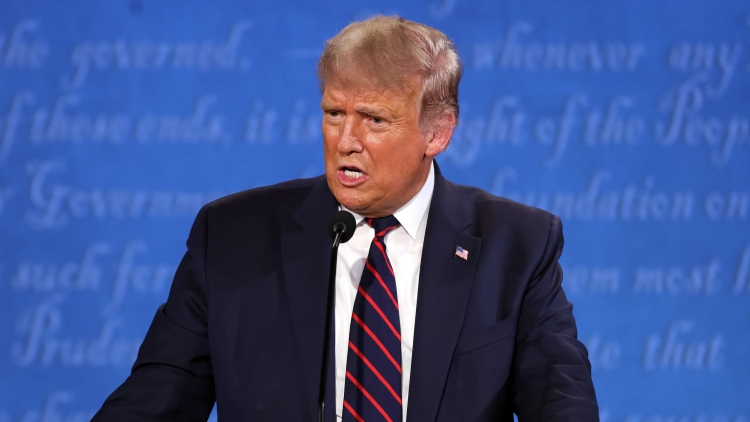The Delicate Art of ‘Shutting Up’ Donald Trump
Learn the delicate art of shutting up Donald Trump. Strategies, tips, and insights to handle the situation gracefully.

In the realm of politics, few figures have commanded attention and controversy quite like Donald Trump. From his early days as a real estate mogul to his presidency, Trump has been a polarizing figure, drawing both fervent supporters and fierce critics. One aspect of Trump's persona that has garnered significant attention is his propensity for outspokenness and his unfiltered communication style, often characterized by brashness, exaggeration, and inflammatory remarks. This essay explores the delicate art of 'shutting up' Donald Trump, examining the challenges and strategies involved in managing his communication.
Understanding Trump's Communication Style
To effectively 'shut up' Donald Trump, it is crucial to first understand his unique communication style. Trump is known for his directness, often bypassing traditional political niceties in favor of blunt, sometimes confrontational language. He frequently uses hyperbole and exaggeration to make his points, which can make it challenging to discern his true intentions or beliefs. Additionally, Trump has a penchant for making controversial or provocative statements, which has earned him both devoted followers and fierce critics.
Challenges in Silencing Trump
Shutting up Donald Trump is no easy feat, given his outspoken nature and large platform. One of the main challenges is the sheer volume of his communication. Trump is a prolific tweeter, often posting multiple times a day on Twitter, where he has millions of followers. This constant stream of communication makes it difficult to control the narrative or counteract his messages effectively. Additionally, Trump's direct communication style resonates with many of his supporters, making it challenging to persuade them to question or reject his statements.
Strategies for Managing Trump's Communication
Despite the challenges, there are strategies that can be employed to manage Trump's communication effectively. One approach is to focus on fact-checking and providing accurate information to counteract any false or misleading statements made by Trump. This requires a concerted effort to monitor his communication channels and respond quickly to any inaccuracies. Another strategy is to engage with Trump's supporters directly, appealing to their sense of reason and highlighting any inconsistencies or contradictions in his statements. By fostering critical thinking and encouraging a more nuanced understanding of Trump's communication, it may be possible to diminish the impact of his rhetoric.
What's Your Reaction?





















